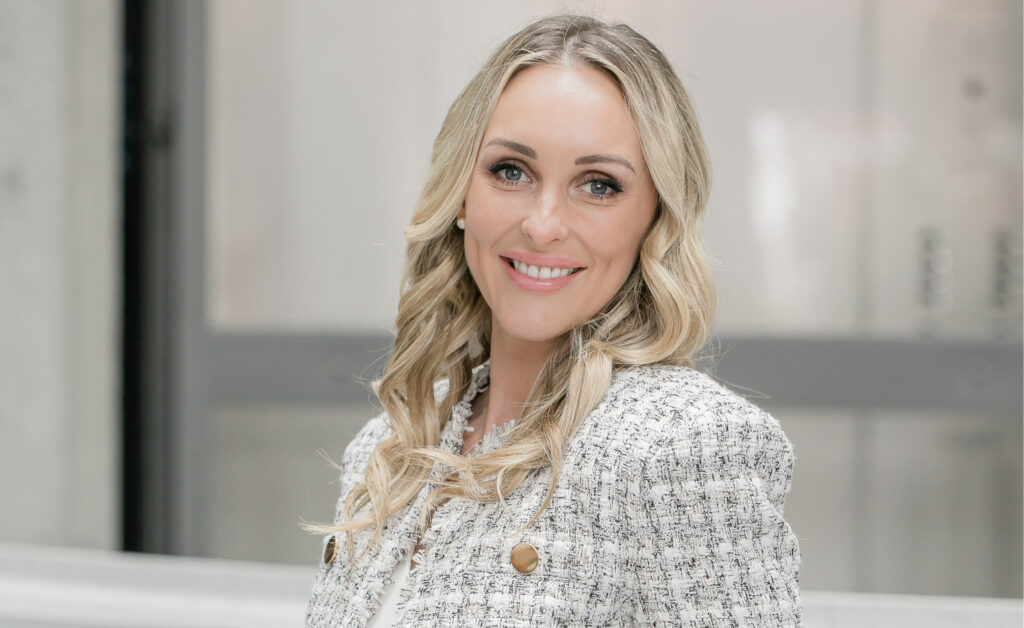by Jessica O’Brien Cameron, Portfolio Manager, Wealth Advisor, CIBC Wood Gundy –
What is a First Home Savings Account (FHSA)?
The FHSA is a new registered account designed to help first-time home buyers save for a down payment on their first home in a tax-free way. An FHSA combines some of the features of a Registered Retirement Savings Plan (RRSP) and Tax-Free Savings Account (TFSA). Like an RRSP, contributions are tax-deductible and like a TFSA, qualifying withdrawals made to purchase a home, including any income or gains, are non-taxable. If you are a Canadian resident who is at least 19 years old (the age of majority in B.C.) and have not owned a home in which you, your spouse or common-law partner, lived in this calendar year or the preceding four calendar years, you may be eligible to open an FHSA.
The Benefits of the FHSA
The FHSA is intended to help you maximize returns. Since your investment earnings aren’t taxed as long as they are used for a qualifying withdrawal to purchase a home, your money will have the opportunity to grow faster. You can contribute up to $8,000 per year and contribute for up to 15 years, to a maximum of $40,000. Unused contributions can be carried over to the next year up to a maximum of $8,000. It’s important to be aware that unlike a TFSA, you only start accumulating contribution room once the FHSA is opened so it may be important for you to open one as soon as possible. It’s also important to note that the FHSA does not replace the Home Buyers’ Plan (HBP) offered through the RRSP. If you do not use the funds in the FHSA, you can transfer them to your RRSP/RRIF or withdraw the funds as taxable income.
An Example of How the FHSA and HBP Could Work
When the time comes to purchase your first home, you can withdraw any contributions plus income and growth earned within that account tax-free. If the total amount is withdrawn, that account could then be wound up and closed. Simultaneously, if you have also saved funds in your RRSP and are eligible, you could take advantage of the HBP. This allows you to withdraw up to $35,000 tax-free, but it must be repaid. You have 15 years to repay this “loan” to your RRSP, and repayment starts the second year after you withdrew the funds. With the FHSA and the HBP, you could potentially have $75,000 (plus any accumulated investment income) to put towards your first home.
There are additional rules attached to FHSA accounts such as the maximum participation period. To find out more, speak to a financial advisor to see if opening an FHSA account is right for you.
This information, including any opinion, is based on various sources believed to be reliable, but its accuracy cannot be guaranteed and is subject to change. CIBC and CIBC World Markets Inc., their affiliates, directors, officers and employees may buy, sell, or hold a position in securities of a company mentioned herein, its affiliates or subsidiaries, and may also perform financial advisory services, investment banking or other services for, or have lending or other credit relationships with the same. CIBC World Markets Inc. and its representatives will receive sales commissions and/or a spread between bid and ask prices if you purchase, sell or hold the securities referred to above. © CIBC World Markets Inc. 2023. Jessica O’Brien Cameron is a Wealth Advisor with CIBC Wood Gundy in Victoria. The views of Jessica O’Brien Cameron do not necessarily reflect those of CIBC World Markets Inc. Clients are advised to seek advice regarding their particular circumstances from their personal tax and legal advisors. If you are currently a CIBC Wood Gundy client, please contact your Investment Advisor.




